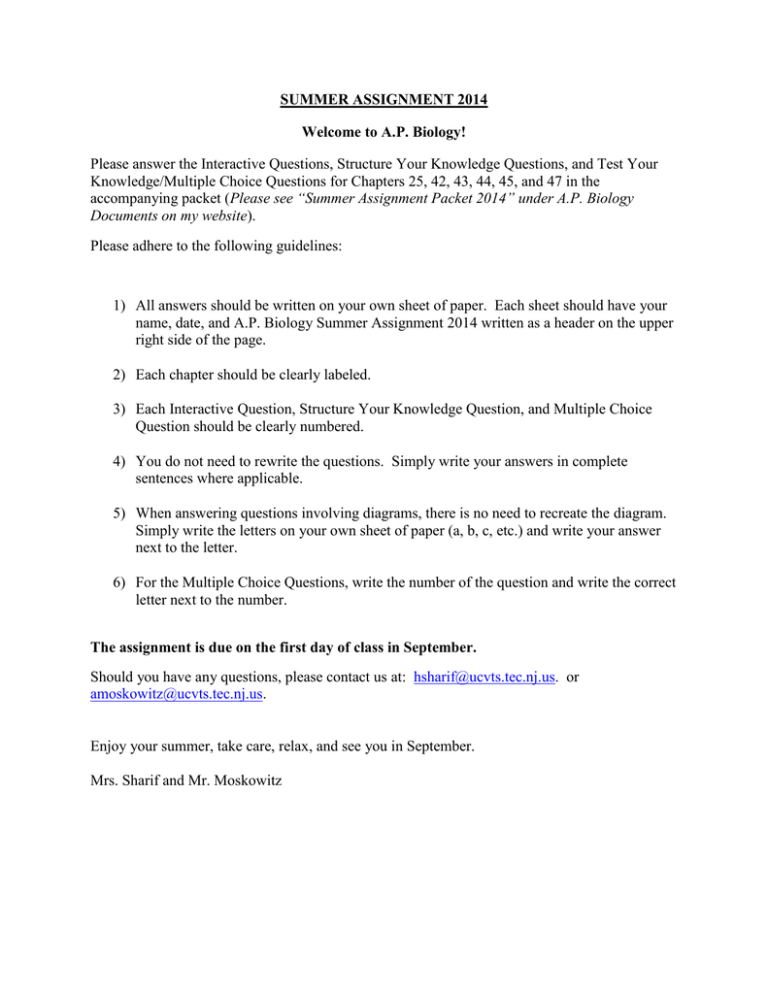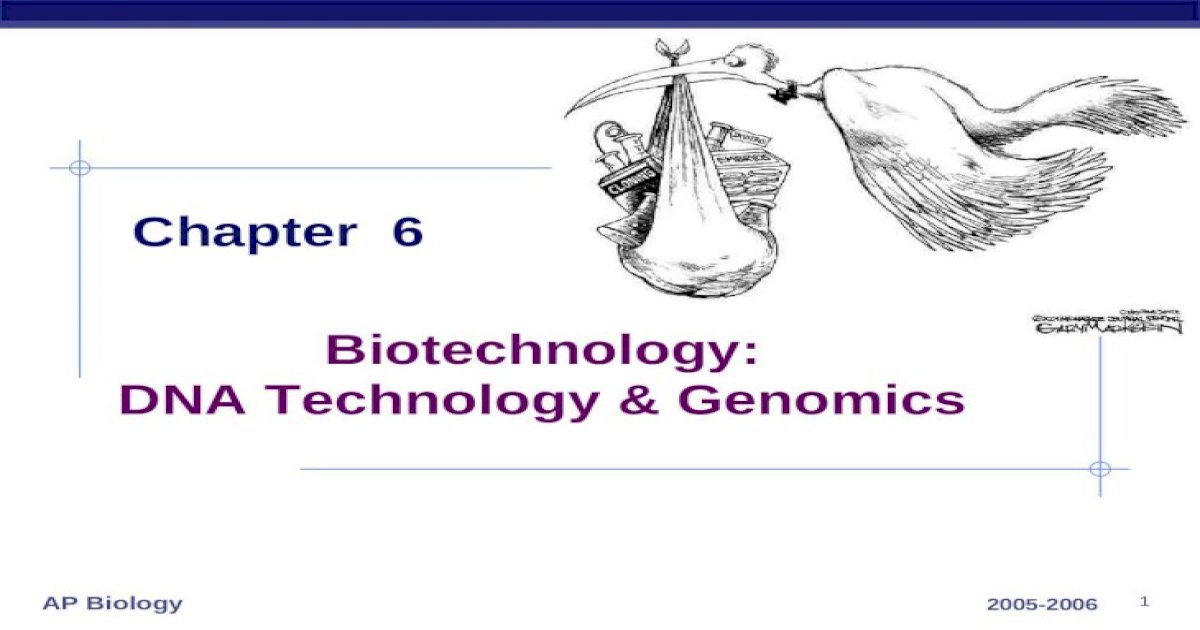
Windelspecht has over 20 reference textbooks and multiple print and online lab manuals. In 2015 he won the DevLearn HyperDrive competition for a strategy to integrate student data into the textbook revision process.Īs an author and editor, Dr. He has served as the keynote speaker on the development of multimedia resources for online and hybrid science classrooms. He is currently a member of the National Association of Science Writers and several science education associations. His current interests are in the analysis of data from digital learning platforms for the development of personalized microlearning assets and next generation publication platforms. He received degrees from Michigan State University (BS, zoology–genetics) and the University of South Florida (PhD, evolutionary genetics), and has published papers in areas as diverse as science education, water quality, and the evolution of insecticide resistance. For over a decade he served as the Introductory Biology Coordinator at Appalachian State University, where he directed a program that enrolled over 4,500 students annually. Windelspecht has taught introductory biology, genetics, and human genetics in the online, traditional, and hybrid environments at community colleges, comprehensive universities, and military institutions. Highly acclaimed for her crisp and entertaining writing style, her books have become models for others who write in the field of biology.Īs an educator, Dr. Her ability to reach out to science-shy students led to the writing of her first text, Inquiry into Life, which is now in its fifteenth edition. Over the years she has taught at University of Massachusetts, Lowell Massachusetts Bay Community College Suffolk University and Nathan Mayhew Seminars. Educated at Bryn Mawr College, Harvard University, Tufts University, and Nova Southeastern University, she holds degrees in both Biology and Education. Mader has authored several nationally recognized biology texts published by McGraw-Hill.

CHAPTER 31 Animal Organization and Homeostasis.CHAPTER 27 Flowering Plants: Reproduction.CHAPTER 26 Flowering Plants: Control of Growth Responses.


CHAPTER 10 Meiosis and Sexual Reproduction.



 0 kommentar(er)
0 kommentar(er)
